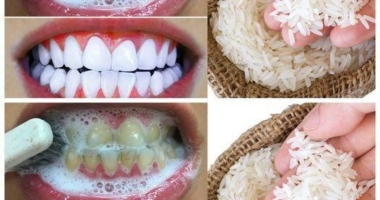Anandamide, an endocannabinoid, encapsulated in tiny silica pods, could be a promising topical treatment for cutaneous lupus erythematosus (CLE), according to a recent study. CLE is currently treated with corticosteroids and hydroxychloroquine, but these can only be used for a limited time. The research suggests that the encapsulated anandamide can penetrate the skin and slowly release the molecule, potentially offering a more effective treatment for CLE. Positive results were found in experiments using the MRL/lpr mouse, which has been genetically modified to develop autoimmune disease and skin lesions similar to CLE. The encapsulated anandamide did not have systemic effects or off-target effects on other organs. Serum markers for inflammation also did not appear to be affected. Encapsulated anandamide has the potential to be a promising topical therapy for CLE.
A Promising Treatment for Cutaneous Lupus Erythematosus
Encapsulating anandamide, an endocannabinoid, could be a promising treatment for cutaneous lupus erythematosus (CLE), according to findings presented at the annual meeting of the American Academy of Dermatology. CLE is a skin condition characterized by rashes, redness, and sores. Anandamide is a molecule that activates the body’s endocannabinoid system, which has a role in regulating pain, memory, and inflammation.
To harness the power of anandamide, researchers experimented with delivering it in tiny silica pods that penetrate the skin. Positive findings were observed in mouse models. Although preliminary, the results suggest that encapsulated anandamide could be a topical treatment for CLE. Three investigators are listed as co-inventors of the encapsulating technology: Andrew Draganski, Ph.D., Adam Friedman, M.D., and Joel Friedman, M.D., Ph.D.
Zylö, a company seeking to commercialize the technology, is developing topical versions of Viagra and an improved toenail fungus remedy. Zylö’s director of product development, Andrew Draganski, is among the co-inventors of the encapsulating technology.
The poster presenting the anandamide findings won first place in the annual meeting’s poster competition. The study was supported by Galderma, a Swiss dermatology company.
Erika McCormick, a student at the George Washington University School of Medicine and Health Sciences and the lead author of the poster, said in an interview that CLE can occur independently of systemic lupus, affecting about 85% of those with the autoimmune condition. CLE affects about 70 out of every 100,000 individuals in the U.S.
Encapsulated Anandamide: A Potential Topical Therapy for CLE
Currently, corticosteroids and hydroxychloroquine are used to treat cutaneous lupus erythematosus (CLE). However, corticosteroids can only be used for a limited time, which means that there is a need for a topical therapy that addresses the root cause of CLE pathophysiology.
Anandamide is a lipophilic molecule that activates the endocannabinoid system, which regulates pain, memory, and inflammation. However, it doesn’t travel well through the skin on its own. Andrew Draganski, Adam Friedman, and Joel Friedman developed a technology that encases anandamide in silica nanoparticles that penetrate the skin and slowly release the molecule.
In experiments using the MRL/lpr mouse, which has been genetically modified to develop autoimmune disease and skin lesions similar to CLE, encapsulated anandamide was found to be efficacious. The encapsulated form was tested on a prophylactic basis and as an intervention after lesions developed. It was also tested on a different type of mouse to determine how well it penetrated the skin. Additionally, cytokine levels in skin tissue were assessed to determine if the encapsulated anandamide dampened inflammatory processes.
The results showed that the encapsulated anandamide stayed in the topical area where it was applied and did not have systemic effects or off-target effects on other organs. Serum markers for inflammation also did not appear to be affected.
Erika McCormick, the lead author of the study, noted that research results for the encapsulated form of anandamide had previously been presented in a rheumatology context, but this was the first time they had been presented in a dermatological one. Encapsulated anandamide has the potential to be a promising topical therapy for CLE.
Don’t miss interesting posts on Famousbio









